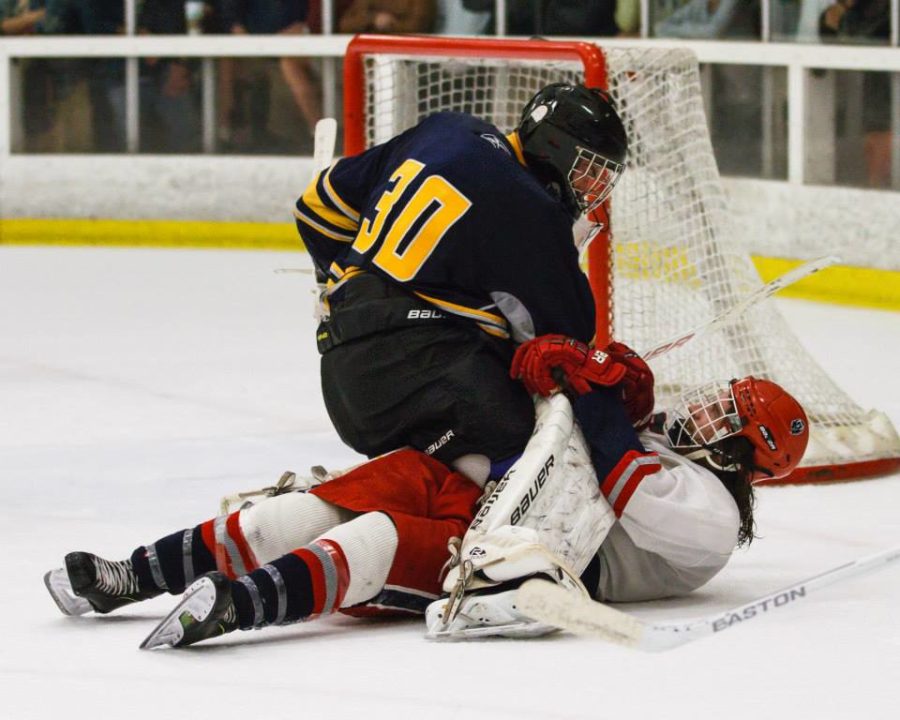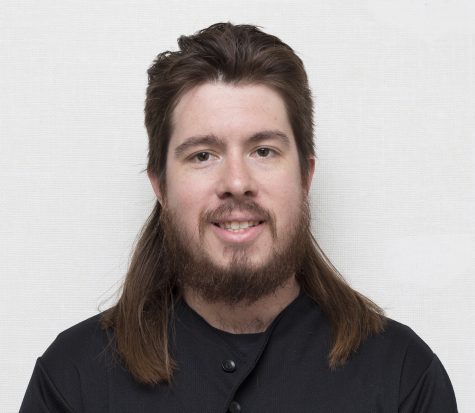Sticks. Gloves. Shirt.
The film “D2: The Mighty Ducks” immortalized the basics of starting a hockey fight. Fighting has always been an important part of the game, and the Disney movie taught kids exactly how to get it done. It’s always been a part of the game, so why is there a sudden change in mindset about fighting being prominent in the NHL?
I understand the concerns about fighting, especially when it comes to one’s health. Anyone who chooses to fight needs to know the risks they are taking. The potential damage to their body could be life changing. Concussions, broken bones, black eyes and knocked-out teeth are some of the effects hockey players deal with from fighting. These could also be the effects of getting hit with a 100 mph slap-shot, but nobody is trying to ban those.
Santa Rosa Junior College has its own ice hockey team, the Polar Bears. Players understand the consequences of fighting but also understand its role within the sport.
“Hockey is tough, and taking away fighting would just make the sport look soft as poop”, said SRJC Polar Bear defensemen Brandon Bronze.
Hockey is a violent, but gentlemanly sport. There is something beautiful about exchanging punches with a guy and being able to shake his hand afterwards. Fighting is really just a show of respect. Respect to your opponents by having to start a fight to try and swing to momentum into your favor.
“It can be a big momentum change in the way a game is going,” captain Josiah Nikkel exclaimed.
Fighting can show respect to your teammates by having their back and duking it out to protect them.
Team president Steve Wolmarans says you need to “protect the goal scorers and make sure nobody takes liberties with your most productive players.” Wolmarans added that fighting is a way of showing your coaches that you will go out there and sacrifice your body for the sake of the team.
As a member of the SRJC hockey team, every time I step out onto the ice I know there is a possibility of getting into a fight. It comes with the level of competition.
Growing up playing hockey in youth leagues, we’re told that fighting is a part of the sport, but the emphasis is not on the retaliation but learning the fundamentals. It isn’t until we get to higher-skilled level games, where fighting turns from a violent aspect to a way of policing the game.
“Fighting helps hold players accountable for their actions on the ice, even more so than penalties. I think there would be more illegal plays if fighting didn’t exist, most of it done out of sight of the referees; more slashes and crosschecks,” said Polar Bear Alumnus Jacob Fitzpatrick. “Fighting gives players the ability to hold each other accountable. If you play dirty, you’re going to have to answer for it. Yes its existing, and people think it’s only for entertainment purposes. But it holds a far more important role in the sport then what is seen.”
I can understand how some people think fighting is just for entertainment purposes. Sometimes it looks fake, as two players dance aroudn each other before throwing jabs. And some think it’s all a ploy to put people in the seats.
SRJC defenseman A.J. Spears said, “Even though fighting usually does increase the attendance rate not every fan likes it.”
SRJC goaltender Lachlan Irvine said, “Not a fan of staged fights, having guys whose only job is to drop the gloves is a waste of roster space. Sticking up for a teammate is one thing, but I’d rather see highlight reel goals and plays then guys concussing each other.”
When it comes to selling tickets to the game fighting is definitely a big draw, but its importance is much greater than that.
How cool is it to be able to get in a fight and just get a five-minute penalty and then hop back into the game? No other sport is like that. If you have a problem with fighting, then don’t fight. If you have a problem with fighting in hockey, then don’t play hockey.




